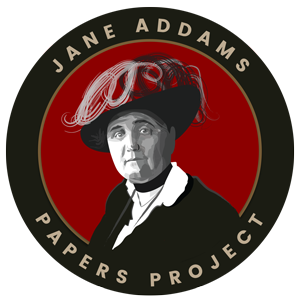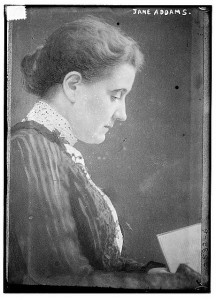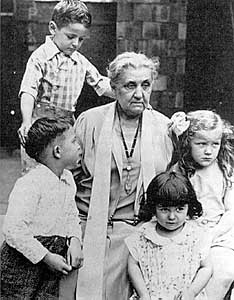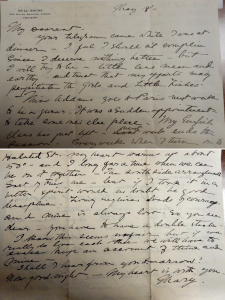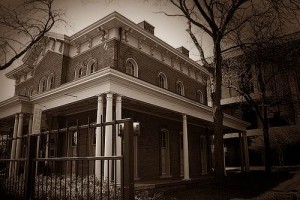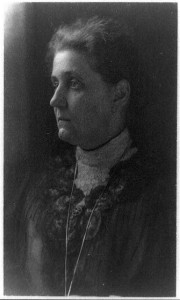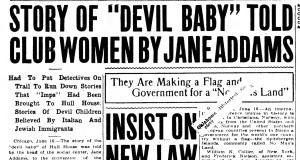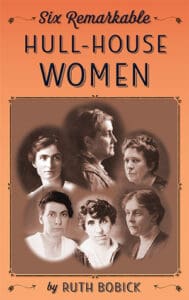 What stood out in my research about “six remarkable Hull-House women”–Jane Addams, Julia Lathrop, Florence Kelley, Alice Hamilton, and Grace and Edith Abbott–was the crucial role they played in the reform of America’s industrial system. Equally striking was the Supreme Court’s resistance to regulating it.
What stood out in my research about “six remarkable Hull-House women”–Jane Addams, Julia Lathrop, Florence Kelley, Alice Hamilton, and Grace and Edith Abbott–was the crucial role they played in the reform of America’s industrial system. Equally striking was the Supreme Court’s resistance to regulating it.
When the first generation of college educated women discovered that established professions like the law, government, higher education and the church were reserved for men, they sought alternative occupations. As caregiving had long been a female responsibility, reformers responded to the plight of poor immigrant workers and their families by creating “social settlements,” a Consumer’s League, a federal Children’s Bureau, and the field of Social Work. In turn, their service-oriented programs opened up career opportunities for women, and provided a supporting network of female organizations that fought for social justice from the Progressive Era to the New Deal.
Before proceeding from Hull-House in Chicago onto the national scene, Lathrop devoted her efforts to the reform of state charities, Kelley to an anti-sweatshop campaign, Hamilton to industrial medicine, Grace Abbott to protecting immigrants, and her sister Edith to social research. As the settlement’s head resident, Addams united them in pursuing common goals, and in pressing for labor legislation. But such hard-won laws as prohibiting child labor, limiting a woman’s workday, and establishing a minimum wage, were all-too-often declared unconstitutional in Supreme Court decisions setting an individual’s “freedom of contract,” above a state’s right to “promote its citizens’ welfare.”
In 1914 with Europe plunged into World War I–and America’s entry in 1917–the progressive period drew to a close. Early on, women activists had mobilized a peace party in Washington, which met with its European counterparts in Holland in 1915 to protest the fighting. Jane Addams presided over the conference, and after the war was elected president of the Women’s International League for Peace and Freedom that evolved from it. During her remaining years, she shared her time between settlement work and the cause of peace–for which she received a Nobel Prize in 1931.
Of Quaker descent on her father’s side and a pacifist during the war, she toured a devastated Germany following its surrender; and gave speeches back home to raise funds for Quaker relief of the defeated enemy. As much as any woman of her day, she was able to transcend national boundaries in the hope of alleviating human suffering.
–Ruth Bobick

